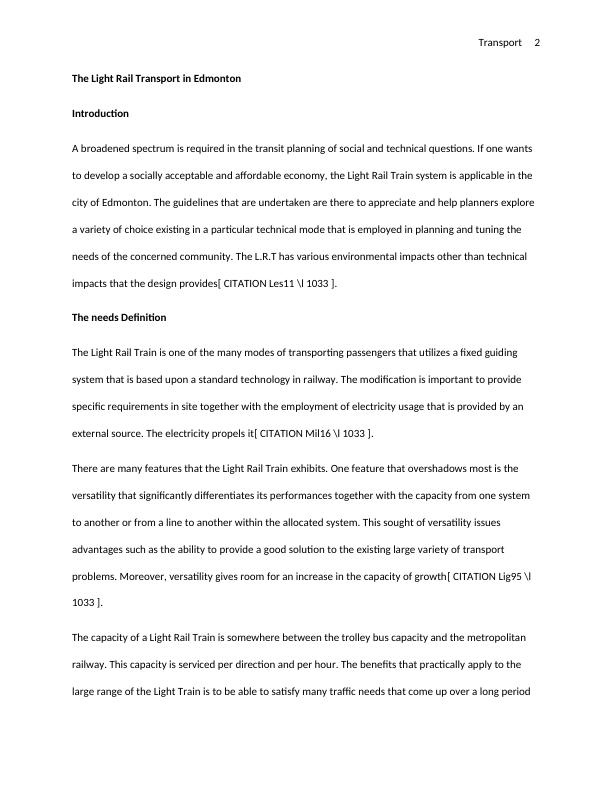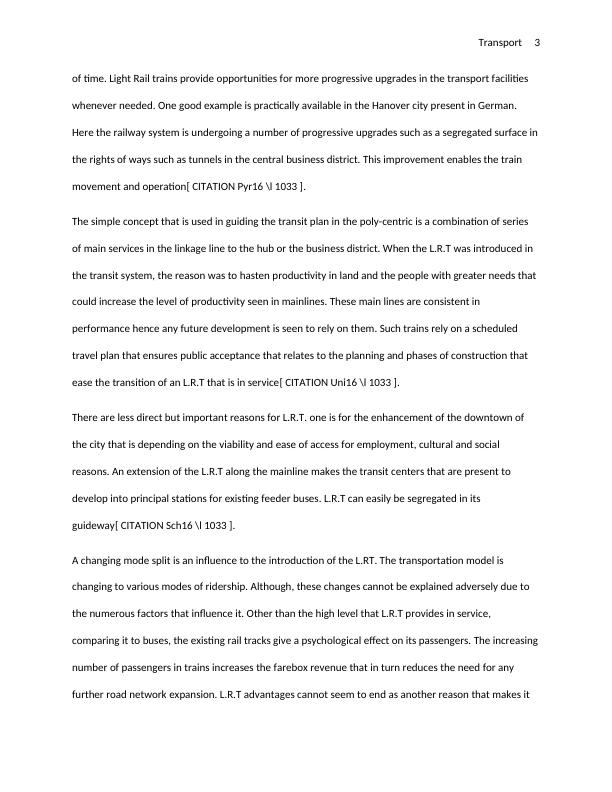TR174 - The Light Rail Transport in Edmonton - Report
Stanford University
Benchmarking Conceptual High-Rise Design Processes (TR174)
Added on 2020-03-01
About This Document
This paper presents an analysis of current conceptual design processes for high-rise, the Light Rail Transport. We synthesize a method to document and measure these processes and use it to analyse data from several case studies and a survey of leading architectural and engineering design firms. We describe the current high-rise conceptual design process in terms of design team size, composition, and time investment; clarity of goal definition; number and range of design options generated; number and type of model-based analyses performed; and the criteria used for decision-making.
TR174 - The Light Rail Transport in Edmonton - Report
Stanford University
Benchmarking Conceptual High-Rise Design Processes (TR174)
Added on 2020-03-01
End of preview
Want to access all the pages? Upload your documents or become a member.



